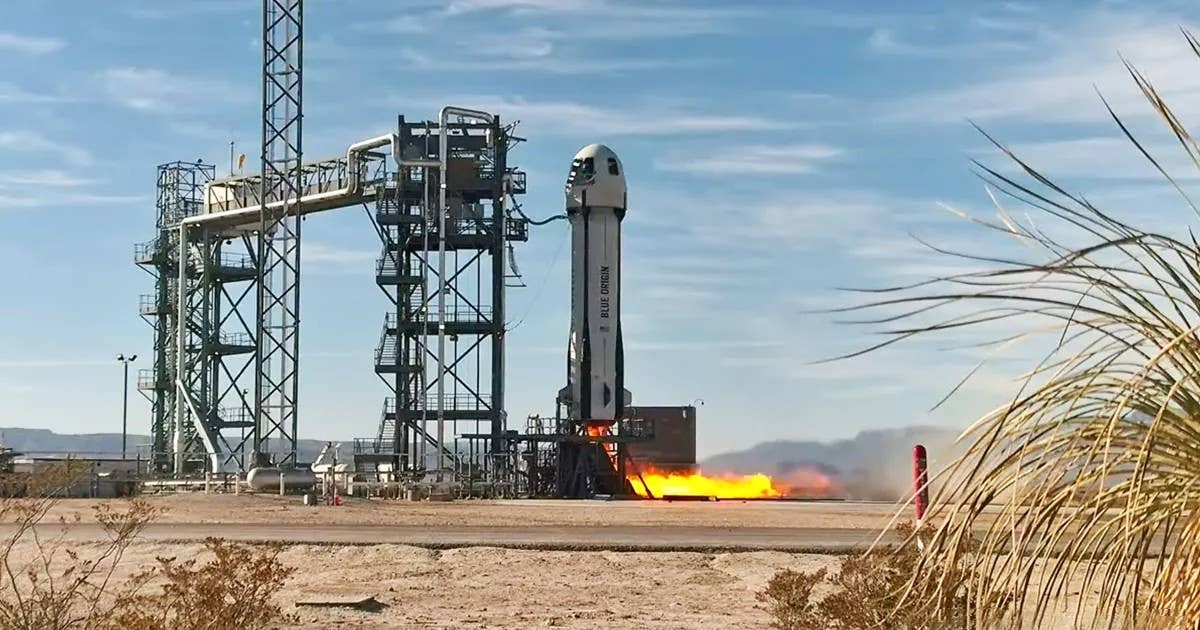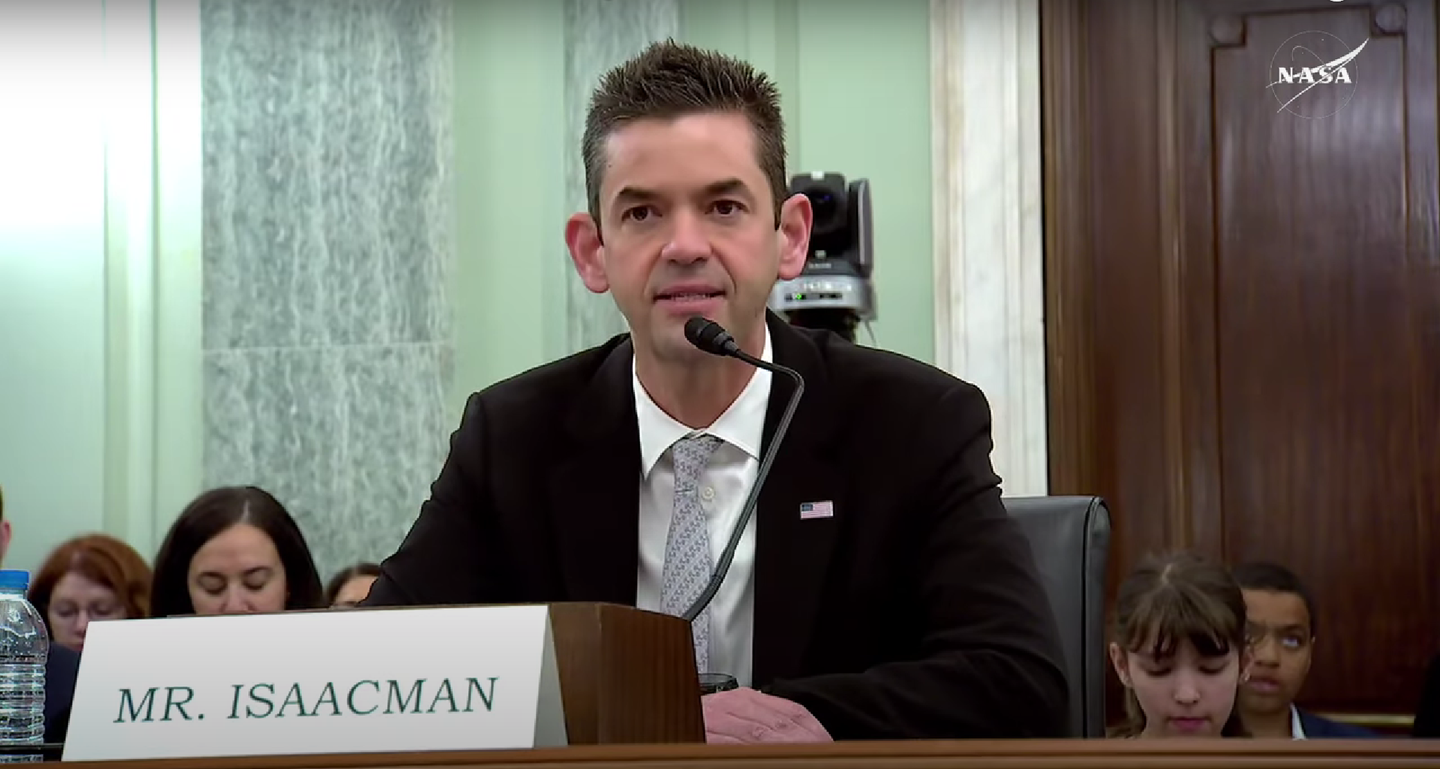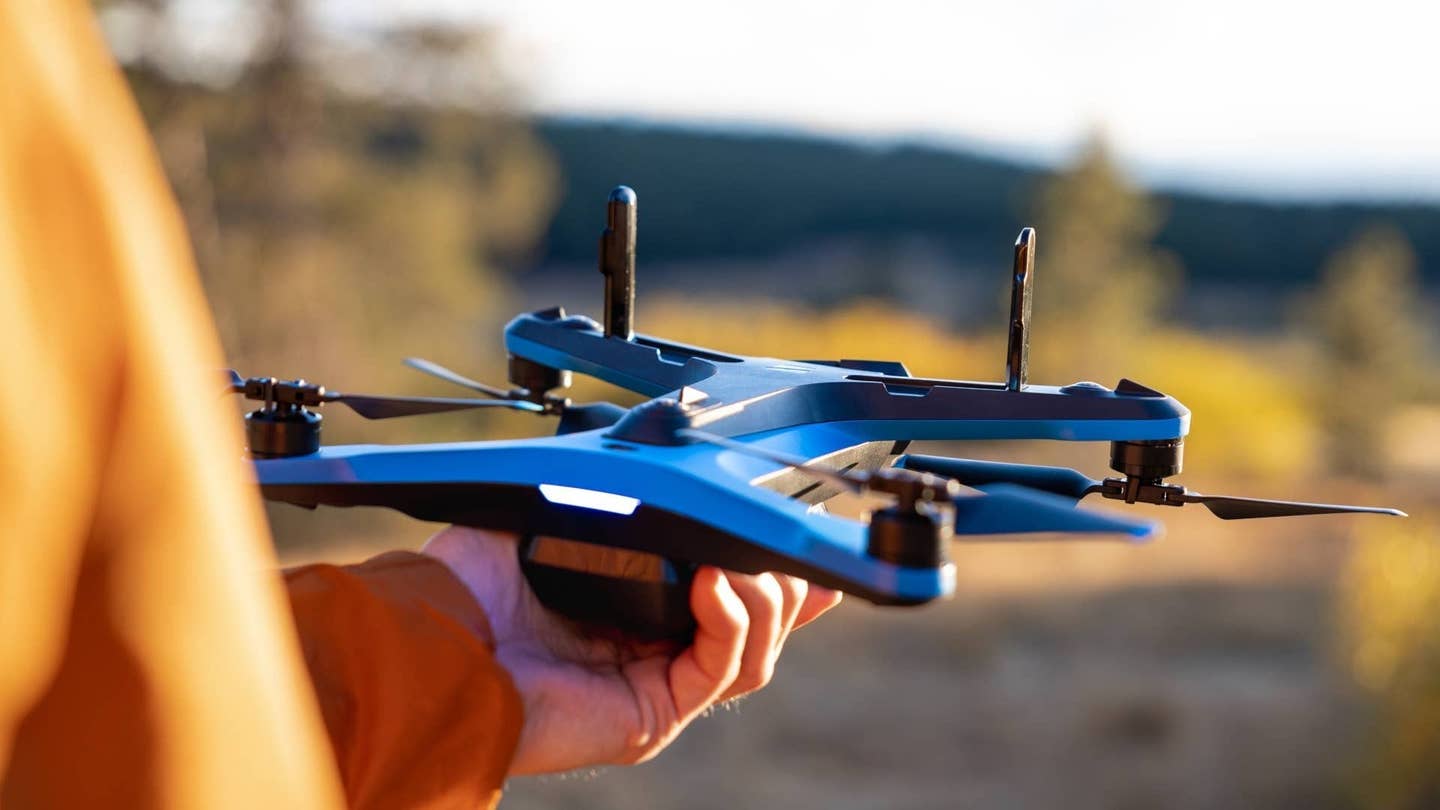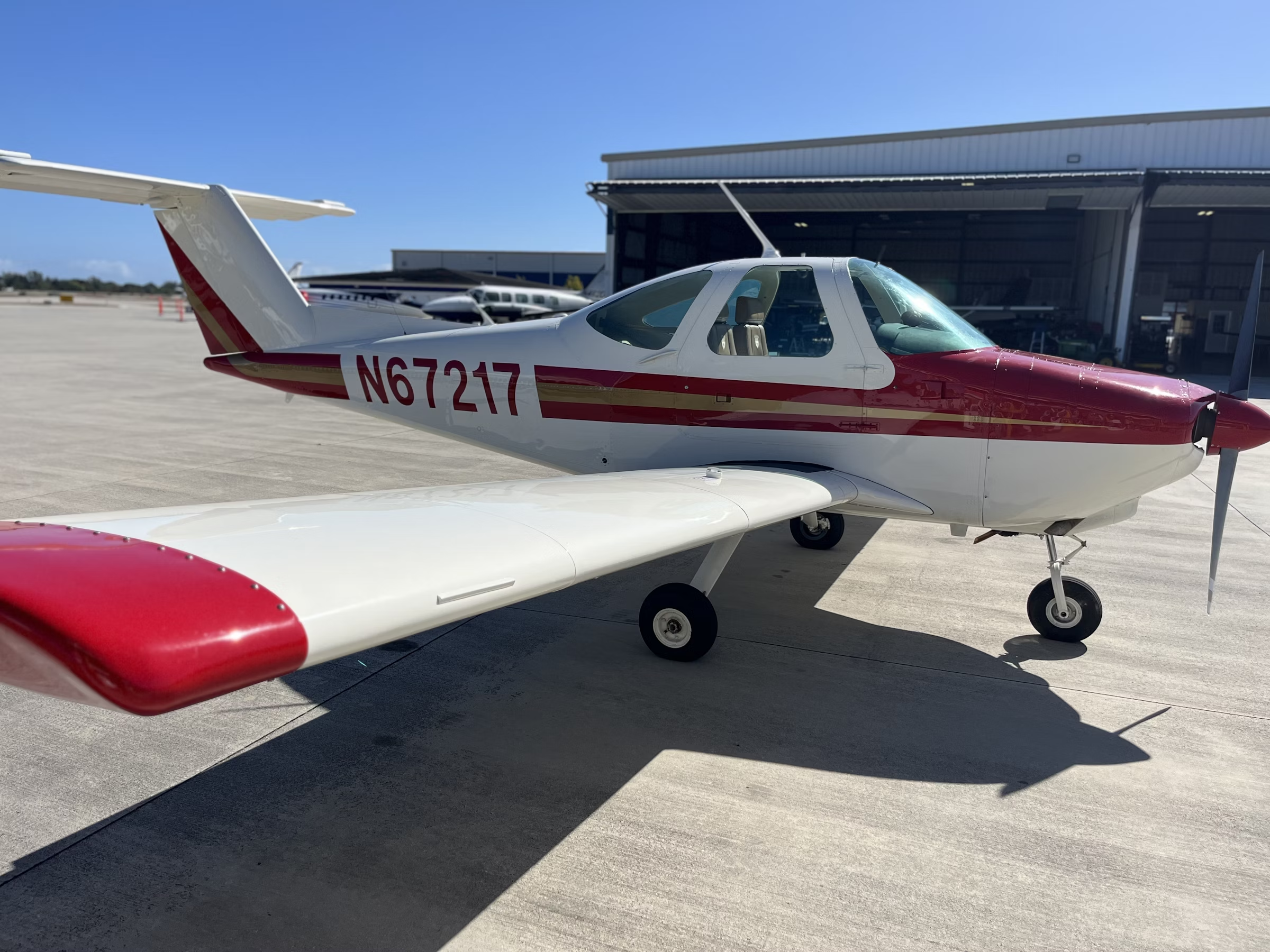Blue Origin, NASA Re-Create Moon’s Gravity
New Shepard suborbital rocket simulates two minutes of lunar gravity, allowing the space agency and its partners to test out technologies.

Blue Origin’s New Shepard rocket lifts off on its 29th mission on February 4, during which it simulated lunar gravity for about two minutes. [Courtesy: Blue Origin]
When NASA sends a rover or other piece of technology to the moon, there is no guarantee it will work under lunar gravity—an object that weighs 100 pounds on Earth weighs just 16.5 pounds on the moon. But the space agency now has a way to give lunar technologies a dress rehearsal.
Last week, Blue Origin’s reusable New Shepard rocket—equipped with 30 payloads from NASA and other partners—simulated the moon’s gravity for two minutes during a suborbital flight. Previously, NASA could only recreate lunar gravity for seconds at a time, leaving a degree of uncertainty as to how payloads might perform on the moon.
“An extended period of simulated lunar gravity is an important test regime for NASA,” said Greg Peters, program manager for NASA’s Flight Opportunities program, in a blog post. “It’s crucial to reducing risk for innovations that might one day go to the lunar surface.”
With a little help from NASA’s Flight Opportunities team, Blue Origin upgraded New Shepard’s crew capsule. Its reaction control system was modified for the capsule to complete 11 revolutions per minute, simulating gravity one-sixth that of Earth’s.
“The more similar a test environment is to a mission’s operating environment, the better,” said Danielle McCulloch, program executive for Flight Opportunities. “So, we provided substantial support to this flight test to expand the available vehicle capabilities.”
Flight Opportunities also paid for more than half of the “seats” on the mission, New Shepard’s 29th overall and 14th with payload. One payload, the Lunar-g Combustion Investigation (LUCI), is designed to study how objects catch fire on Earth versus the moon. Other NASA experiments focus on shielding against lunar dust, building and excavating on the moon’s surface, and investigating lunar physics.
Other mission payloads came from Honeybee Robotics, part of Blue Origin’s In-Space Systems business, Draper, Purdue University, and the University of California in Santa Barbara. For example, Honeybee’s Honey Bubble Excitation Experiment (H-BEE) will study how bubbles behave in liquids on the moon.
The mission also carried thousands of postcards sent by space enthusiasts through Blue Origin’s Club for the Future nonprofit.
“New Shepard’s ability to provide a lunar gravity environment is an extremely unique and valuable capability as researchers set their sights on a return to the moon,” said Phil Joyce, senior vice president of the New Shepard program. “This enables researchers to test lunar technologies at a fraction of the cost, rapidly iterate, and test again in a significantly compressed timeframe.”
Like this story? We think you'll also like the Future of FLYING newsletter sent every Thursday afternoon. Sign up now.

Sign-up for newsletters & special offers!
Get the latest FLYING stories & special offers delivered directly to your inbox






